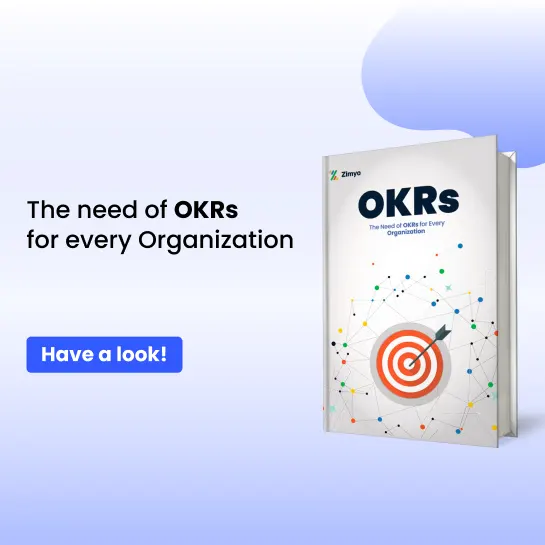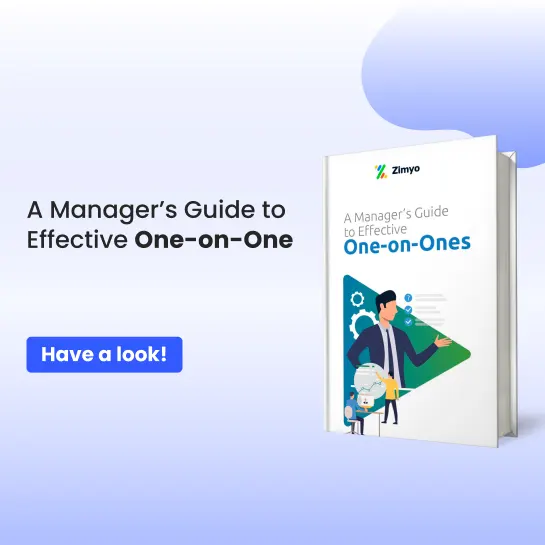Brief Job Description
A Front-End Developer is responsible for translating UI/UX designs into functional, responsive, and user-friendly web applications. The role requires proficiency in modern JavaScript frameworks, a strong understanding of HTML/CSS, performance optimization, and accessibility standards. Collaboration with designers, back-end engineers, and product teams is essential.
These interview questions help assess not just a candidate’s ability to code, but also their understanding of performance, design principles, cross-browser compatibility, and user-centric thinking.
Interview Questions with Tips on How to Answer
1. What are the core responsibilities of a front-end developer?
How to Answer:
Answer by balancing technical and user-focused responsibilities:
- Turning UI/UX designs into code.
- Ensuring responsiveness and browser compatibility.
- Writing clean, maintainable, and scalable code.
- Optimizing performance and accessibility.
- Collaborating with designers and backend teams.
2. How do you ensure a website is responsive?
How to Answer:
Mention key strategies:
- Use of flexible layouts (CSS Flexbox, Grid).
- Media queries for different screen sizes.
- Mobile-first approach.
- Testing on real devices and emulators.
- Avoiding fixed widths or pixel-based sizing.
3. What’s the difference between null and undefined in JavaScript?
How to Answer:
Be concise but accurate:
- undefined: A variable that has been declared but not assigned.
- null: An intentional absence of any value.
- Explain why this distinction matters in debugging and type-checking.
4. Explain the concept of the virtual DOM.
How to Answer:
Keep it practical:
- Talk about how frameworks like React use a virtual DOM to detect and apply changes efficiently.
- Mention benefits: performance, batch updates, and reconciliation.
- Use an analogy if needed: “like a diff between two snapshots of a webpage.
5. What is the difference between == and === in JavaScript?
How to Answer:
Explain:
- == does type coercion before comparing.
- === checks for both value and type, always preferred for predictability.
6. What are some ways you optimize the performance of a web application?
How to Answer:
Discuss both code-level and user-experience level optimizations:
- Code splitting and lazy loading.
- Minifying CSS and JS.
- Image optimization and compression.
- Debouncing input handlers.
- Using browser caching and service workers.
7. How do you handle cross-browser compatibility issues?
How to Answer:
Mention proactive strategies:
- Use standardized, vendor-neutral code.
- CSS resets or Normalize.css.
- Feature detection with Modernizr.
- Testing on major browsers and devices.
- Polyfills and graceful degradation.
8. What are some common accessibility considerations you keep in mind?
How to Answer:
Show awareness of inclusive design:
- Use semantic HTML tags.
- Provide alt text for images.
- Keyboard navigation support.
- ARIA attributes where needed.
- Color contrast and readable fonts.
9. How do you manage state in front-end applications?
How to Answer:
Adapt based on framework:
- In React, use useState, useReducer, or context API.
- For complex apps, mention Redux, Zustand, or MobX.
- Emphasize organizing state properly: global vs. local.
10. What front-end frameworks/libraries are you most comfortable with and why?
How to Answer:
Be honest and specific:
- Name tools you’ve used (React, Vue, Angular).
- Talk about what made you productive with them.
- Bonus: Mention willingness to learn others.
11. Can you explain the box model in CSS?
How to Answer:
Use visual explanation:
- Mention content, padding, border, and margin.
- Explain how box-sizing: border-box affects layout calculations.
12. How would you debug a front-end performance issue?
How to Answer:
Be methodical:
- Use DevTools (Network tab, Lighthouse).
- Check resource sizes and load times.
- Look for expensive rendering cycles or layout thrashing.
- Monitor memory leaks and unused code.
13. How do you manage and organize CSS in large applications?
How to Answer:
Mention best practices:
- Modular CSS (BEM, OOCSS, SMACSS).
- Preprocessors like SCSS.
- Component-scoped styles (CSS-in-JS or CSS modules).
- Use of naming conventions and logical file structures.
14. What are some advantages of using TypeScript in front-end development?
How to Answer:
Focus on benefits:
- Catch errors at compile-time.
- Better tooling and autocomplete.
- Enforces type safety and interfaces.
- Improves code maintainability.
15. How do you handle API errors and loading states in a front-end app?
How to Answer:
Break it down:
- Show loaders/spinners during fetch.
- Display helpful error messages for failures.
- Retry logic or fallbacks where applicable.
- Graceful UI degradation when data isn’t available.
16. What’s your experience with front-end build tools (Webpack, Vite, etc.)?
How to Answer:
Show working knowledge:
- Mention tasks like bundling, transpiling (Babel), linting.
- Talk about hot reloading, plugins, and environment configs.
17. How do you stay updated with front-end trends and technologies?
How to Answer:
Share learning habits:
- Follow dev blogs (CSS-Tricks, Smashing Magazine).
- Join developer communities (Twitter, Reddit, Stack Overflow).
- Attend webinars, read docs, or follow GitHub repos.
18. Describe a challenging front-end project you worked on and how you handled it.
How to Answer:
Use the STAR method:
- S: Briefly describe the situation.
- T: Define the task.
- A: Explain the action you took.
- R: Share the result, learnings, or impact.
19. How do you collaborate with designers and back-end developers?
How to Answer:
Highlight your communication style:
- Using tools like Figma/Zeplin for design handoffs.
- Asking clarifying questions early.
- Writing reusable components and shared documentation.
- Ensuring consistent API contracts with back-end.
20. What does “progressive enhancement” mean to you?
How to Answer:
Explain the philosophy:
- Start with a working baseline using HTML/CSS.
- Add JavaScript and advanced features on top.
- Ensure core functionality works even without full browser support.
21. What are you currently learning or exploring in front-end development?
How to Answer:
Mention curiosity:
- A new framework or feature (e.g., React Server Components, WebAssembly).
- Improving in performance, testing, or accessibility.
- Show a growth mindset.
22. What do you enjoy most about front-end development?
How to Answer:
Speak with passion:
- You love crafting user experiences.
- The creativity and logic balance excites you.
- Enjoy seeing code come to life visually.
23. Do you have a portfolio or project you’re particularly proud of?
How to Answer:
Highlight:
- A project with measurable impact or unique challenge.
- Tech stack used, your role, and outcomes.
- Any user feedback or design wins.


